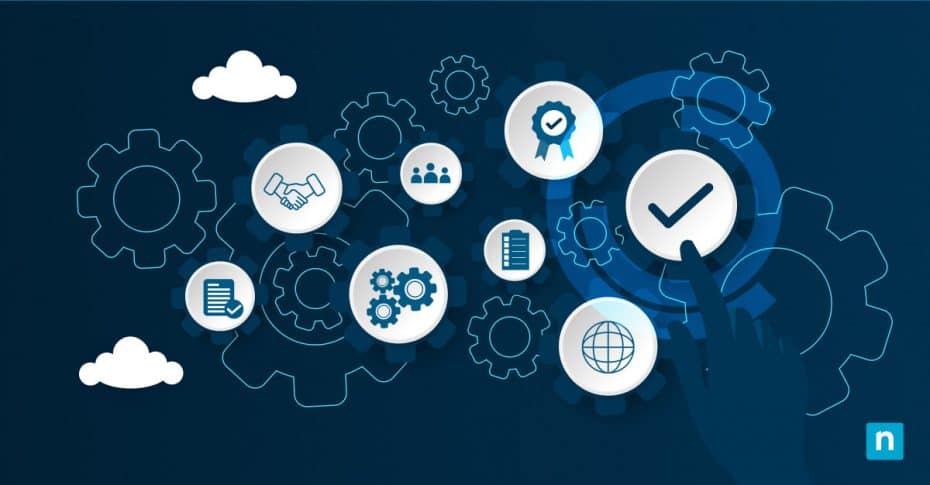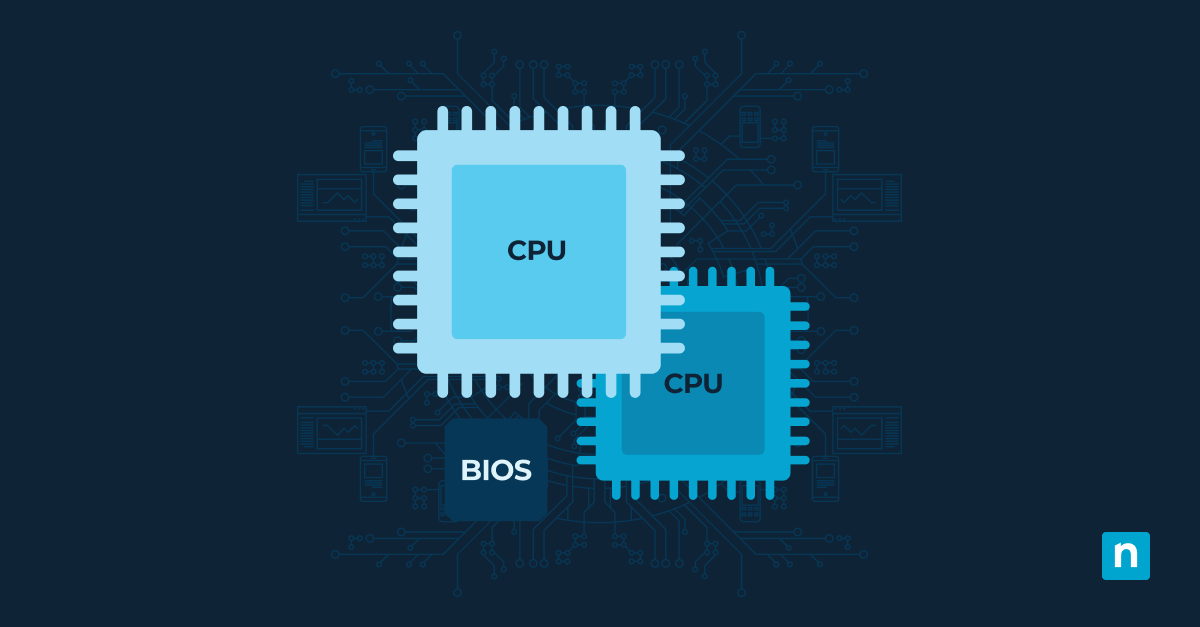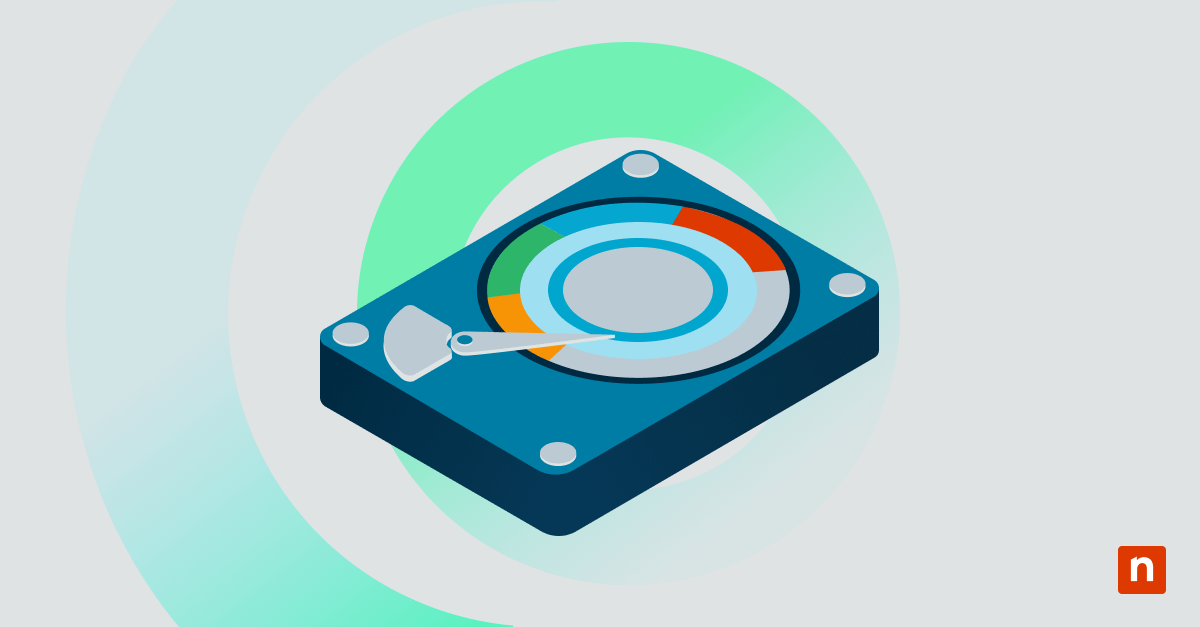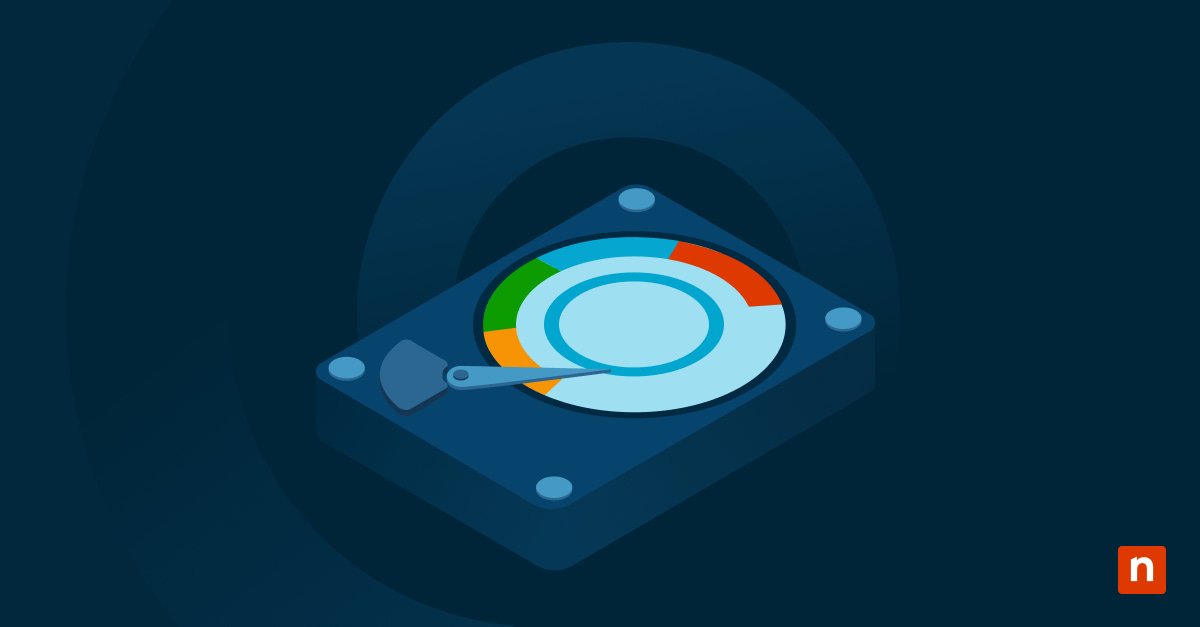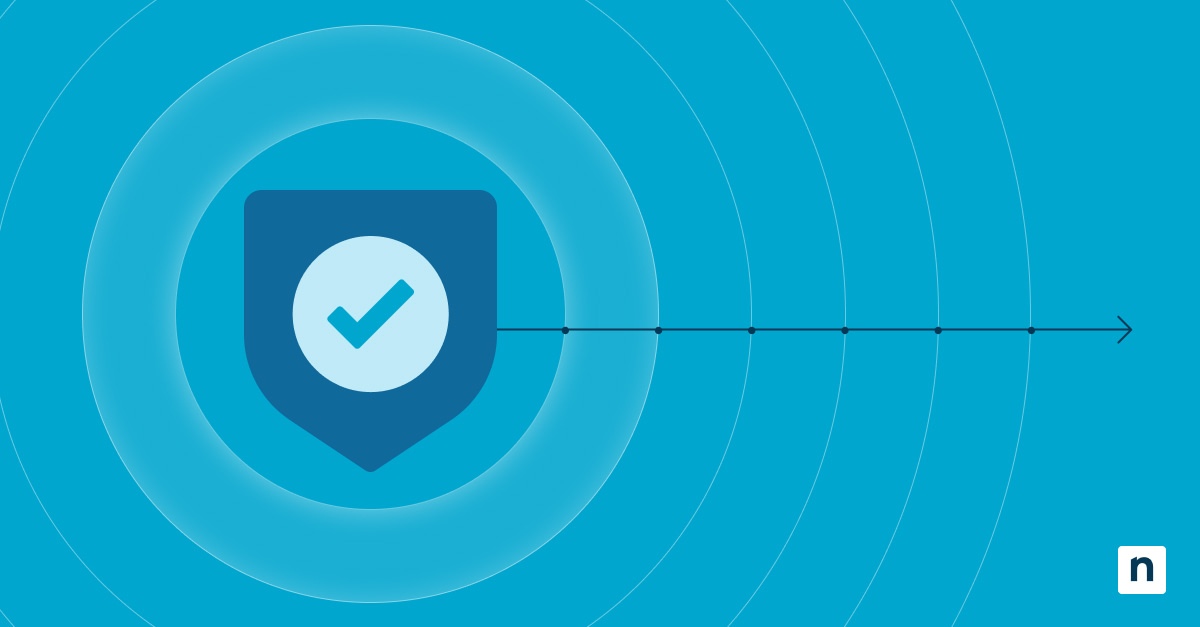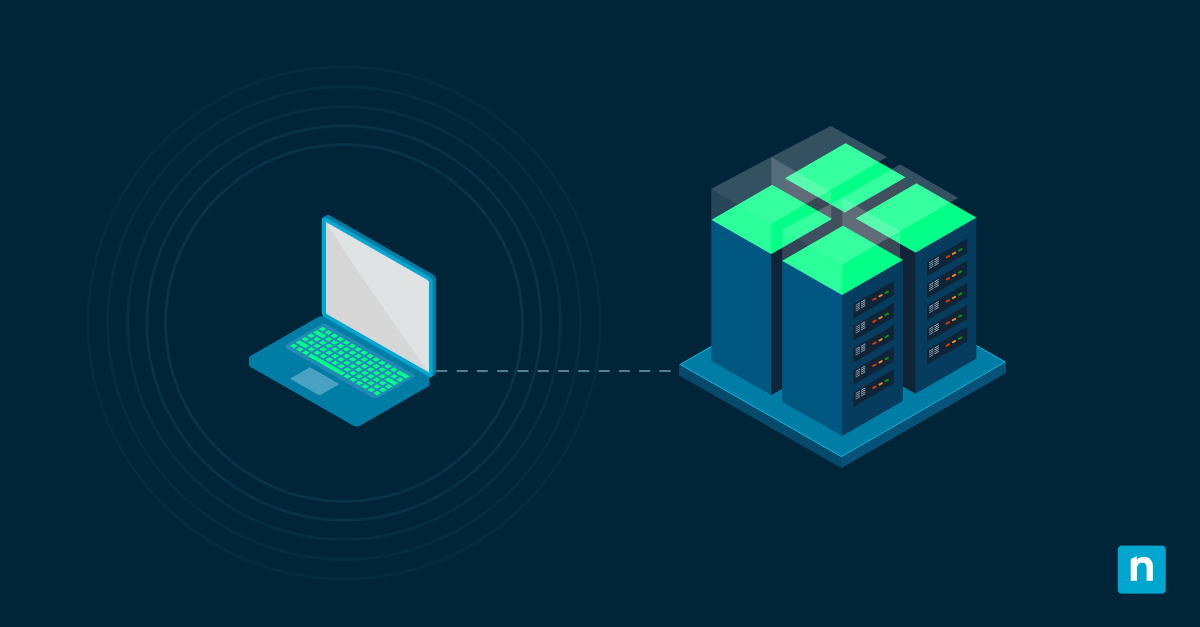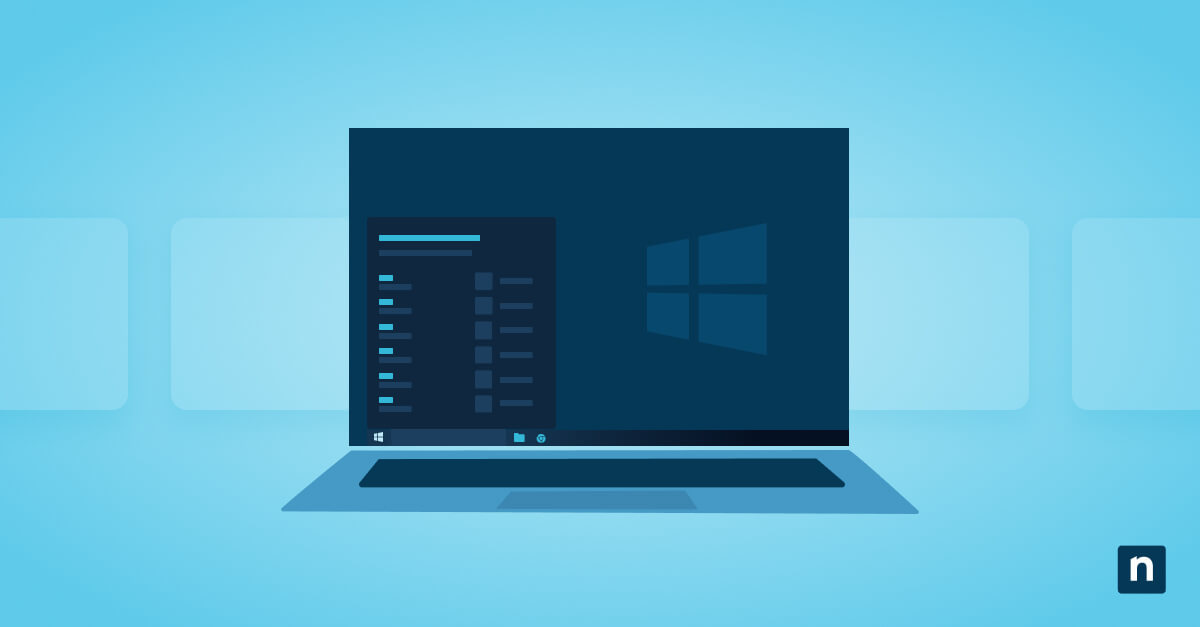Networks are complex systems with many components that can impact performance and security. Factors such as bandwidth, latency, packet loss, and device configurations all play a role in how well your network functions.
Additionally, external elements like internet service provider reliability, cyber threats and even physical hardware conditions can affect network performance. Network performance management requires a deep understanding of these variables and the ability to monitor and adjust them as needed.
What is network performance management?
Network performance management is a methodology or process for optimizing, securing, and overseeing your network. This is key to maintaining a seamless and efficient infrastructure that enhances productivity and protects the network from potential issues and vulnerabilities.
Network performance management uses many tools and techniques that help monitor, analyze, and improve network functions so your network operates smoothly and securely. With businesses relying heavily on network performance for everyday operations, managing this performance becomes a priority.
Key components of network performance management
To effectively manage network performance, you need to focus on several key components:
Monitoring and analysis
Monitoring and analysis help you understand how your network performs. This involves collecting data from various network devices to visualize the health and performance of your network.
Continuously analyze this data so you can identify patterns, detect anomalies, and predict potential problems before they impact your network. Monitoring metrics such as device status, throughput rates, and packet flow statistics can provide insights that allow for timely interventions when issues arise.
Traffic management
Traffic management allows data to flow efficiently across your network by optimizing routing and prioritizing network traffic to prevent congestion and improve performance. This gives your critical applications the bandwidth they need while preventing bottlenecks. Techniques such as load balancing, traffic shaping, and Quality of Service (QoS) policies are needed to guarantee that network resources are used effectively and that high-priority applications run smoothly.
Fault management
Fault management is a method of detecting, isolating, and resolving network issues. When you continuously monitor for faults and set up an alerting system to tell you when you must intervene, you’ll minimize network downtime.
Doing this helps maintain your network stability and reliability. Implementing automated fault detection and diagnostic tools can speed up the resolution process, reducing the impact of network failures on your operations.
Configuration management
Configuration management refers to tracking and managing your network device settings to match your organization’s needs. This includes tasks like updating firmware, applying security patches, and maintaining proper configurations.
Effective configuration management prevents errors and optimizes network performance. With the help of automated configuration management tools, you can also enforce consistency across devices, reduce the risk of misconfigurations, and help maintain compliance with organizational policies and standards.
Network performance management setup
Setting up network performance management can be complicated but is manageable with the right strategy. Proper setup helps you maintain control over your network, meet the demands of your business operations, and operate at peak efficiency. Network performance management setup steps include:
- Establish a baseline: Document normal network activity and acceptable performance ranges. This foundation aids in monitoring and decision-making.
- Maintain high availability: Make sure your network monitoring tools are highly available and operate independently of the network they monitor. This prevents monitoring outages during network issues and allows for continuous data collection.
- Avoid tool sprawl: Start with scalable monitoring solutions that interface with existing tools. This streamlines operations and provides efficient data extraction and analysis.
- Implement a robust dashboard: Provide a clear, visual representation of network health and performance, allowing you to quickly identify and address issues.
Network performance management best practices
Once your network performance management setup is complete, be sure to follow industry-recommended and time-tested protocols to stay on top of performance issues. To maintain an efficient network, follow these network performance management best practices:
Regular monitoring and analysis
Regularly monitor and analyze network performance. Close attention to network metrics helps you identify patterns and identify anomalies that might be missed without consistent oversight.
Early detection of issues prevents disruptions and keeps network operations smooth. Use a variety of monitoring tools to track device status, throughput rates, and packet flow statistics.
Implementing automated tools
Automate routine network management tasks such as configuration updates and performance checks. Automated tools can handle these repetitive tasks quickly and accurately, applying updates and maintenance consistently across the network.
This will keep your network current and reduce issues caused by outdated configurations. Automation also reduces the risk of human error and frees up your team to focus on building ROI rather than getting lost in the weeds of network management.
Training staff on network performance tools and protocols
Provide thorough training for your staff on network performance management tools and protocols. This includes teaching them how to use monitoring tools effectively, interpret the data collected and respond to network issues efficiently. A well-trained team is the cornerstone of network performance management, but only if their skills, best practices, and efficiency are refreshed on a regular basis.
Benefits of effective network performance management
Having a performance management strategy will enable your team to be proactive so they can stay on top of issues before they escalate. This keeps your IT teams productive and your network functioning efficiently.
Effective management also leads to significant cost savings because it gives you the insights you need to optimize your resource utilization and plan for future upgrades — ensuring that your network infrastructure can scale and adapt to changing needs without incurring unnecessary expenses.
Here are some benefits of implementing effective network performance management best practices:
- Better performance: Detecting and resolving issues reduces network downtime and improves overall performance, leading to increased productivity and a better user experience.
- Enhanced security: Continuous monitoring and network performance management give you the knowledge you need to identify and mitigate security threats before they cause damage.
- Cost savings: Optimizing network performance lowers unnecessary resource expenditures and allows you to more effectively plan for future upgrades.
How to measure the success of your network performance management strategy
To measure the success of your network performance management strategy, track key performance indicators (KPIs) such as network uptime, response times, and throughput rates. Regularly review these metrics in order to maintain a network that meets your performance targets.
User feedback is another valuable metric. Monitor user satisfaction and gather feedback to identify areas for improvement. High user satisfaction indicates a well-performing network.
Lastly, perform regular audits and assessments of your network performance management processes. Identify areas for optimization so your strategy remains effective as your network evolves.
NinjaOne network monitoring software provides the tools and features needed to optimize your IT network. With 24/7 monitoring, you receive immediate notifications of any network abnormalities, enabling proactive issue resolution. The solution encrypts data both in motion and at rest and includes multi-factor authentication for added security.
With SOC 2 certification, NinjaOne protects data, enhances business outcomes, boosts employee efficiency, and optimizes user experience, allowing you to scale securely with cloud-native speed and agility in just a few months. Learn how to simplify network management with NinjaOne.

